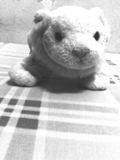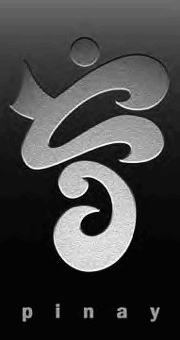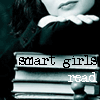(This is a continuation from previous post: The 4th Muse Tip)
5. BE FOCUSED. I have already discussed in a post why I am not a big fan of multi-tasking. Studies have shown that multi-tasking and multi-focusing are proven to be detrimental to work quality and task performance. However, how can one be focused on writing when one is busy juggling a job, family and other important personal concerns?
Again, the answer is in the planning. Structure and discipline also play major parts in the creative process for the ‘weekends only’ artist. Planning may well be the most difficult part of the process but once you are able to go over this hurdle, then the rest is smooth sailing. Offer your Mondays to Saturdays for work and family while setting aside time every Sunday for yourself and your creative pursuits. Do this in a quiet room in your house with no distractions. Explain to your spouse and kids about your need for ‘creativity time.’
The disadvantage of doing this for only once a week though is that the narration or your story flow is continually being put on hold since you have to stop and sleep so you can wake up early tomorrow to go back to your regular work. In my experience, this was usually accompanied with feelings of irritation and impatience (due to yearnings to go back to your writing) especially when you are already ‘in the zone,’ sometimes even bitterly blaming ‘work’ for temporarily impeding this creative output. The best that you can do is to post your story plan or timeline next to you while you write so you can track where you were or where you left off.
Don’t overdo or go beyond your ‘creativity time.’ Creativity requires extreme concentration and there is a danger that you may shut out everything else, become oblivious to the time and may overlook things and other details in your life that also matter. Relationships and job performance may suffer as a result. In order to efficiently balance it all out (day job, family, and creative work), it would be a good idea to use a planner or a day to day schedule to make sure you won’t forget everything else and so that you can effectively assume your roles and carry out your responsibilities as a full-time worker, full-time parent/spouse, and part-time artist. Use an alarm clock and set it beforehand so you can be conscious of the time. Make sure to include in your schedule enough rest–both physically and mentally, as well.
6. BE PATIENT. I mentioned already once that one of my life’s mottoes is “One step at a time.” If you have your goal in mind and know where you’re going, then rest assured that you will accomplish each step in the story flow until finally, you have reached the very end. However, as expected, the writing pace will be much slower especially for the ‘weekends only’ writer compared to the one who does this for a living. As I said, you tend to blame work or familial responsibilities from taking time away from your creative pursuits. You become snappy and cantankerous. Be careful not to fall prey to this cliché–that artists naturally have this ‘artistic temperament.’ I have personally encountered how these s0-called artists justify their selfish, angry outbursts and childish tantrums with excuses pertaining to this so-called ‘temperament.’ Artist or not–it is unfair for people around you to see you like this because definitely they are also affected by your behavior and may even resent it. You have to check yourself when this happens. I advise you to be a human being first before you start considering yourself an artist.
Despite everything that I said, and even if I follow all these tips, I still expect that things may not go as planned. But definitely, the chance of finishing a novel this way is far greater than someone who did not plan ahead.
For the aspiring writer, good luck! You don’t have to wait for next year’s NaNoMo to start writing that novel. Why not start now? Through visualizing, observing, reflecting, planning, discipline, structure, and lots and lots of patience, there may be no need to search for your personal Muse. She will just show up in the sidelines, cheering you on…






 sharpen up...and got to
sharpen up...and got to 

